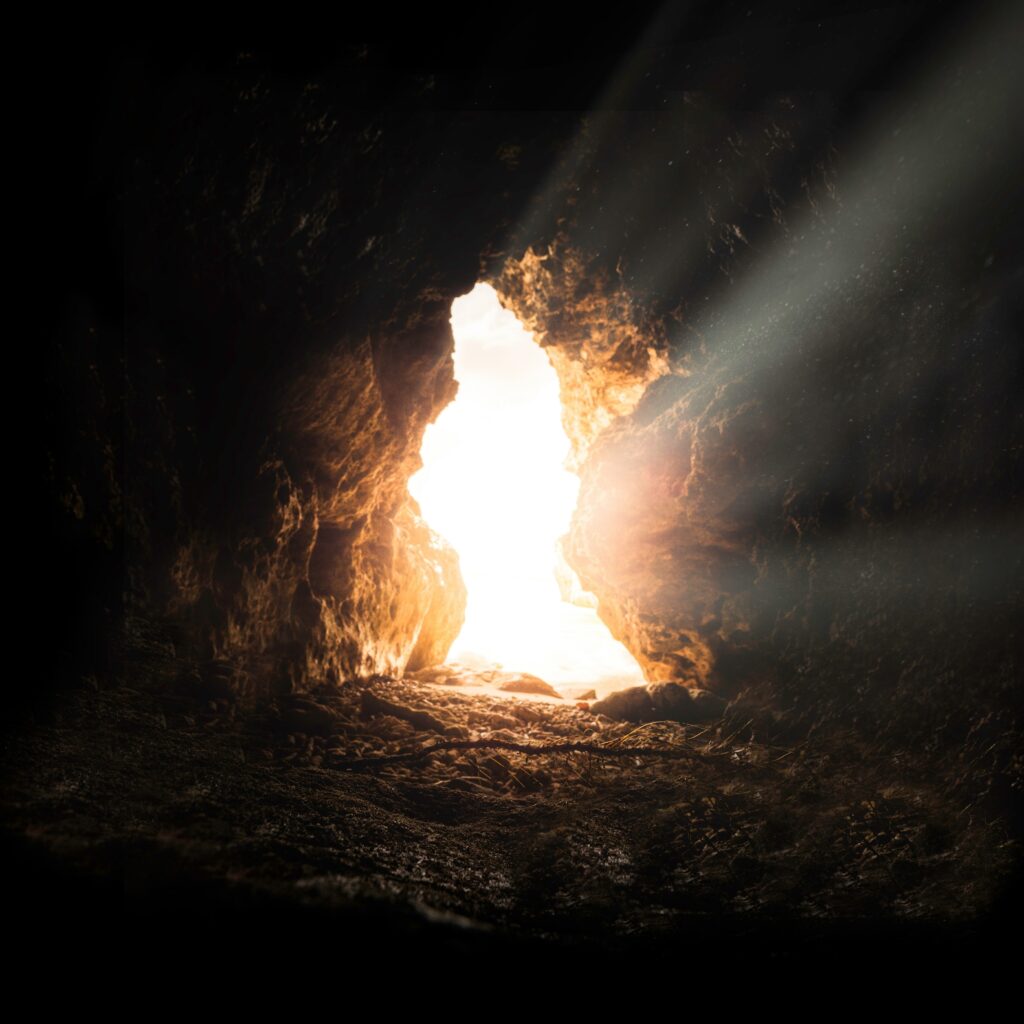
Photo by Bruno van der Kraan on Unsplash
Each year, forests go through a silent transformation. In autumn, leaves wither and fall, blanketing the ground in a carpet of decay. It might seem like loss—but beneath that surface, something deeper is happening. Those fallen leaves break down, enriching the soil, nourishing roots, and preparing the trees for spring. Death in one season quietly lays the groundwork for renewal in the next. It’s a rhythm etched into creation itself: falling, waiting, rising.
Have you ever walked through a season of letting go? A moment when something in you had to be surrendered—an old dream, a habit, a version of yourself that no longer fit? Perhaps it felt like loss, even failure. But when you look back, can you see how that release made room for something new to grow? Renewal often begins not with striving, but with surrender.
This natural rhythm—death giving way to life—mirrors the deeper spiritual pattern we’re called into. The life of faith is not linear progress but cyclical transformation. We are continually invited to let go of self-reliance, ego, and fear, so that something more eternal can take root. Just as the forest trusts the falling leaves to make way for spring, we too are invited into the rhythm of dying to self and rising into newness.
“We were buried therefore with him by baptism into death, in order that, just as Christ was raised from the dead by the glory of the Father, we too might walk in newness of life.” (Romans 6:4 ESV)
What? This passage connects our baptism directly to both Christ’s death and resurrection, making them personal realities in our experience. By being symbolically buried in baptismal waters, we participate in Christ’s death; by rising from those waters, we enter into the power of His resurrection. This death-and-resurrection pattern establishes the fundamental rhythm of Christian living—continual surrender leading to “newness of life.”
“I have been crucified with Christ. It is no longer I who live, but Christ who lives in me. And the life I now live in the flesh I live by faith in the Son of God, who loved me and gave himself for me.” (Galatians 2:20 ESV)
What? This verse describes the believer’s radical exchange of identities—our independent self crucified, Christ’s life now animating our existence. By faith-filled recognition of our union with Christ’s death (“crucified with Christ”), we experience the indwelling presence and power of His life. Christ’s sacrificial love (“gave himself for me”) both motivates and enables this profound surrender of autonomous living for a Christ-centered existence.
Spiritual Move: Self-Examination—To regularly identify areas where we still live from the autonomous self rather than Christ’s indwelling life. Through prayerful reflection on our motivations, reactions, and decisions, we discern where further surrender is needed. Regular self-examination keeps us engaged in the ongoing process of dying to self and living from Christ’s resurrection power.
Journaling Prompts:
1. What aspects of your “old self” are you most reluctant to see crucified? What holds you back from full surrender in these areas?
2. When have you most tangibly experienced “Christ living in me”? What were the circumstances and outcomes of this experience?
Thought and Discussion Questions:
1. How do we distinguish between unhealthy self-negation and the biblical concept of “dying to self”?
2. What daily practices help you live from Christ’s life rather than your independent resources?
3. Share about a time when surrendering control in a situation unexpectedly led to “newness of life.”
4. How might our community better support each other in the ongoing process of dying to self and rising with Christ?
We’d love to hear from you! What stood out, and what would you add to the conversation? Drop your thoughts or questions in the “Leave a Reply” section below, (Click the Read in Browser link). — You never know what you might get started.